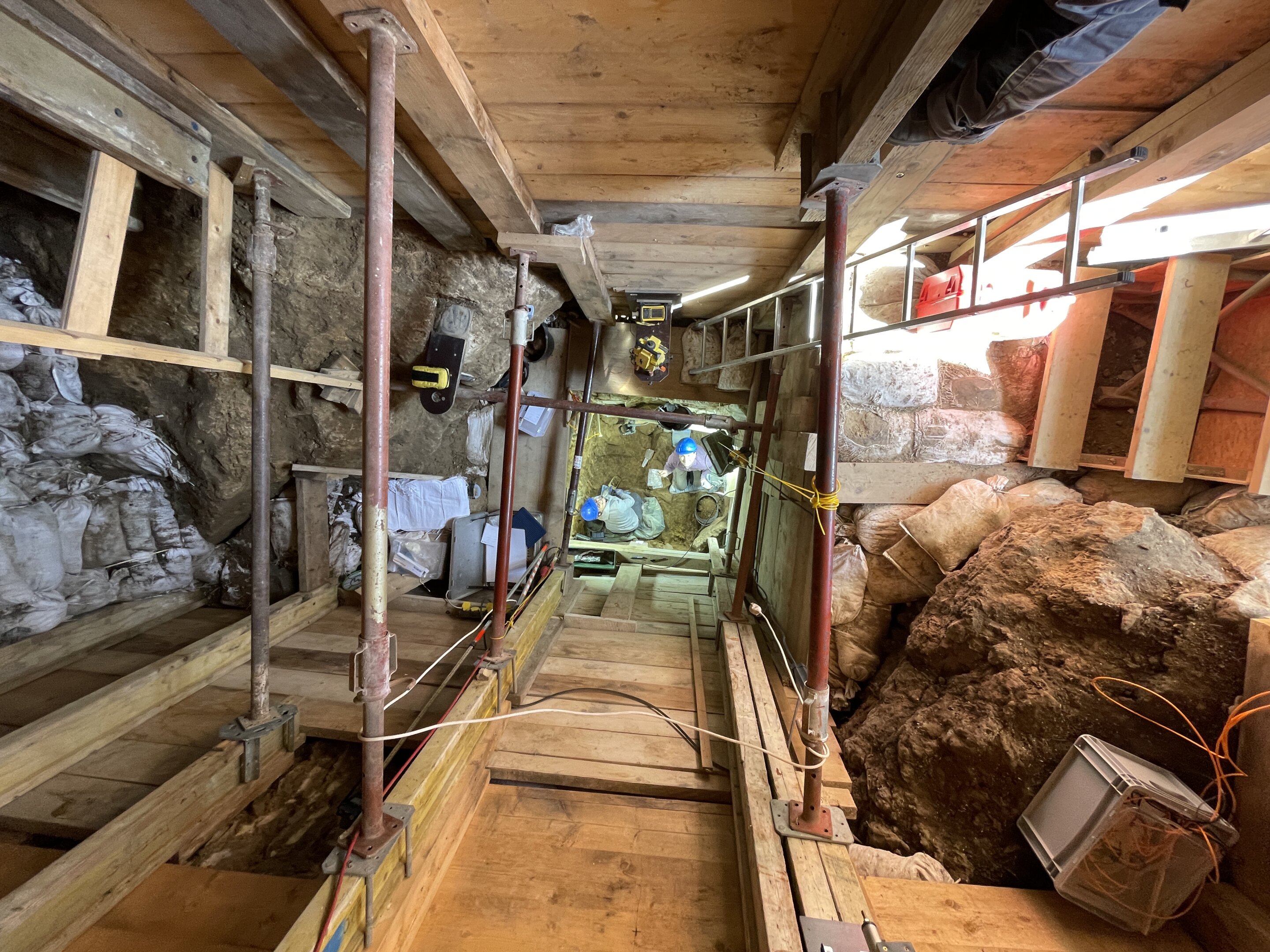The evidence that Homo sapiens and Homo neanderthalensis lived side by side is consistent with genomic evidence that the two species occasionally interbred. It also feeds the suspicion that the invasion of Europe and Asia by modern humans some 50,000 years ago helped drive Neanderthals, which had occupied the area for more than 500,000 years, to extinction.
By comparing the Ranis mitochondrial DNA sequences with mtDNA sequences obtained from human remains at other paleolithic sites in Europe, Zavala was able to construct a family tree of early Homo sapiens across Europe. All but one of the 13 Ranis fragments were quite similar to one another and, surprisingly, resembled mtDNA from the 43,000-year-old skull of a woman discovered in a cave at Zlatý kůň in the Czech Republic. The lone standout grouped with an individual from Italy.
“That raises some questions: Was this a single population? What could be the relationship here?”


